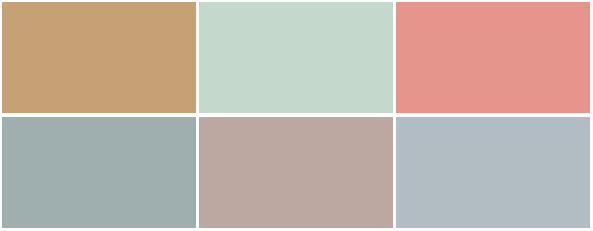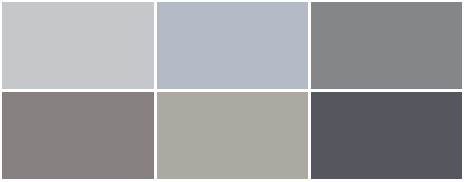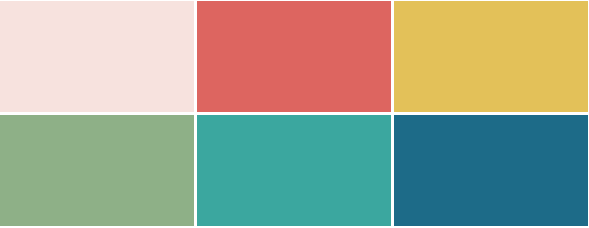How Ayurveda Saved My Life & A Harvard Physician’s Story
By Akil Palanisamy, M.D.
“Let me not pray to be sheltered from dangers,
But to be fearless in facing them.
Let me not beg for the stilling of my pain,
But for the heart to conquer it.
Let me not look for allies in life’s battlefield,
But to my own strength.
Let me not crave in anxious fear to be saved,
But hope for the patience to win my freedom.
Grant me that I may not be a coward, feeling your mercy in my success alone,
But let me find the grasp of your hand in my failure.”
– Rabindranath Tagore, Nobel Prize winning poet from India
I was on top of the world. I was a senior at Harvard University and had been accepted to
medical school to pursue my lifelong dream of becoming a doctor. That’s when the trouble started. While working on my senior thesis I noticed severe wrist pain with numbness and tingling in my arms. The pain got worse and began to interfere with my sleep. I could no longer type on a keyboard. I went to student health services and was diagnosed with repetitive strain injury (RSI).
I had worked hard during my college years in classes and research activities, but nothing out of the ordinary. I was used to working hard, and had a lot of energy to fuel that work. The previous year I had become vegetarian. Certainly, I was under stress but managed it with a daily meditation practice. I had a regular routine of gym workouts and yoga. The reason for my illness puzzled me.
I was prescribed anti-inflammatory medication and physical therapy, and was given extra time for writing during exams and help with typing my thesis. My symptoms abated but did not disappear. I was able to finish college and graduate with honors.
I then began medical school at the University of California, San Francisco (UCSF). My top choice, UCSF was considered the top medical school on the west coast and I was excited to begin. After eight years in Boston I was eager to escape the snow as well, although the cool climate in San Francisco surprised me. I began to understand the quote attributed to Mark Twain, “The coldest winter I ever spent was a summer in San Francisco.”
I completed my first year and was happy, although I was in class all day and studied several hours each night. My symptoms had been manageable with physical therapy but began to worsen when I started my second year. The wrist pain was intolerable at times and was accompanied by back pain that made it impossible to sit for more than fifteen minutes.
Also, a heavy and onerous fatigue began to set in, which I attributed to stress. Inexplicably, I lost 30 pounds over several months from my already lean baseline weight of 138. I could not attend lectures due to worsening back pain and fatigue. I was given extra time for exams, which helped me to pass my exams and not flunk out of medical school, but I began to struggle with severe anxiety, which had never bothered me before.
I adapted. I began intensive hand and wrist therapy. I learned to use voice recognition software. The University provided a foot-operated mouse. I dictated papers and class assignments. I studied at home using textbooks. Eventually I began to study lying down on my side, the only position that was comfortable for my back. This unfortunately led to neck and shoulder pain.
After completing my Board exams (8 hours of sitting down and typing answers to questions on a computer), I was afflicted with excruciating pain for three days. Although school had been challenging until then, I was about to start the most difficult part of medical school, the third year. This entailed long hours caring for patients in the hospital, being on overnight calls without sleep every few days and studying intensely without much time off.
I knew I couldn’t do it. I was in a state of deep despair. Here I was, after getting my degree at Harvard, pursuing my life’s passion of studying medicine at one of the top schools in the country, and I had to stop because my body was failing me. I had been in pain for so long that I wondered if it was even possible for me to get better. I had seen some of the top doctors in the country, gotten the best treatments, but continued to decline. I felt hopeless.
I asked for a leave of absence and was granted a year off. I decided I needed to get to the bottom of my illness. Three years of intensive physical therapy, doctor’s visits and medications had not helped at all. Something was missing.
My parents thought diet was a factor. They thought my becoming vegetarian was causing a problem. I believed this was not true because I ate a ton of fruits and vegetables, and ate tofu and dairy products for protein.
I had given up eating meat for ethical, environmental and spiritual reasons. I was an active member of the San Francisco vegetarian society, had organized vegetarian events for the University, and was a strong advocate for vegetarianism. I thought that my spiritual growth and meditation practice would be deepened by avoiding meat.
I had been studying Ayurveda, the traditional medicine of India, for a while on the side. I decided to visit a practitioner in San Francisco. She diagnosed me with excess vata (air energy) and low ojas (vitality). She recommended some herbs and spices and dietary modifications. She suggested that I eat for my Ayurvedic body type and also incorporate some nourishing foods.
My path to recovery began with two words: bone broth. The Ayurvedic practitioner recommended it as one of the nourishing foods that could help restore vitality in my depleted body. But I was resistant. I could not eat animal products. I went back-and-forth about this for a few weeks.
Finally, because I was using animal bones that were about to be discarded, I decided that this did not violate my principles. After a month of daily bone broth, I was about 10% better, which was the first time anything had helped in years. Bone broth is rich in minerals and gelatin, which support digestive health and help reduce inflammation. My recovery from illness began with healing and repair of my gut.
In the story of the Buddha, after practicing an extreme form of asceticism, the Buddha was weak and near death. He was visited by a milkmaid who offered him a little milk. Despite the taboos against this, he decided to accept and eventually recovered his health. He went on to teach about moderation and The Middle Way. I felt I had reached a similar turning point. I questioned everything I thought I knew about health and disease. I decided to keep an open mind. I realized that there was a lot I didn’t know about nutrition and alternative therapies.
Next, I explored acupuncture, visiting three different acupuncturists for 10-12 sessions each. I didn’t see much improvement. I tried Qigong. I visited energy healers and reiki practitioners. I deepened my yoga practice. I continued taking herbs. I improved another 20%.
Four months of my year off had passed and I was still not feeling much better. I was becoming desperate. I decided to experiment with eating meat again. I was deeply conflicted about this after three years of vegetarianism. However, I was willing to try anything to recover my health, because I knew that I could not fulfill my dream of becoming a doctor without a healthy body.
One day I stopped by the UCSF cafeteria and bought a chicken sandwich. I went to an empty classroom where I could eat mindfully. Before eating, I prayed for some sort of sign or clue to let me know if I was doing the right thing.
Eating the sandwich was uneventful. But, as I was chewing the last mouthful of chicken, I bit into something hard. Surprised, I pulled the morsel out of my mouth and realized that it was a tiny rolled-up piece of paper. I unfurled it and saw that it had a word on it. The word was “RATION”.
I was puzzled. I decided to try to make some sense of this and just think about what the word might mean. To me, a ration was something scarce and valuable consumed during a time of need. Perhaps the message was that I needed a small amount of meat in my diet to get better. To this day, I don’t know how that piece of paper got into my sandwich. It’s a mystery.
I then meditated on the decision for several days. I realized that perhaps I should try eating meat for a while to see how I felt. My Ayurvedic practitioner agreed with this and explained that certain body types may do better with animal protein. In fact, she had wanted me to eat meat after our first visit. However, she started me initially with bone broths because she sensed I would be more open to that at the beginning, based on my strong ethical convictions.
(To be continued…)
Excerpt taken from The Paleovedic Diet by Akil Palanisamy M.D. (Skyhorse Publishing) Copyright © 2016. All rights reserved













